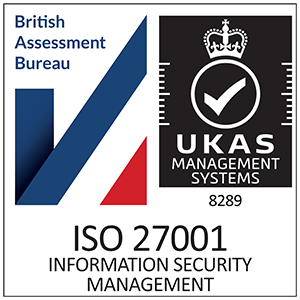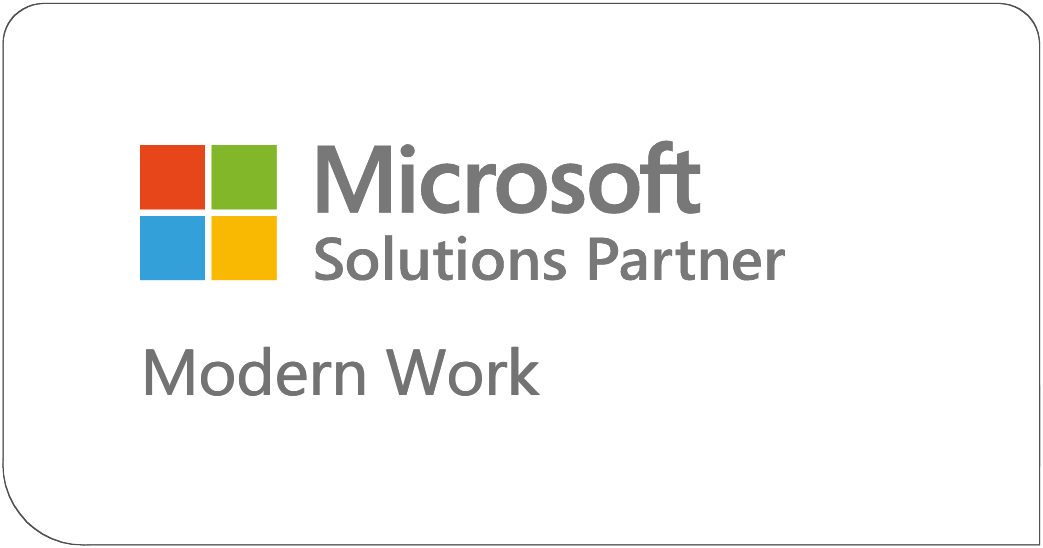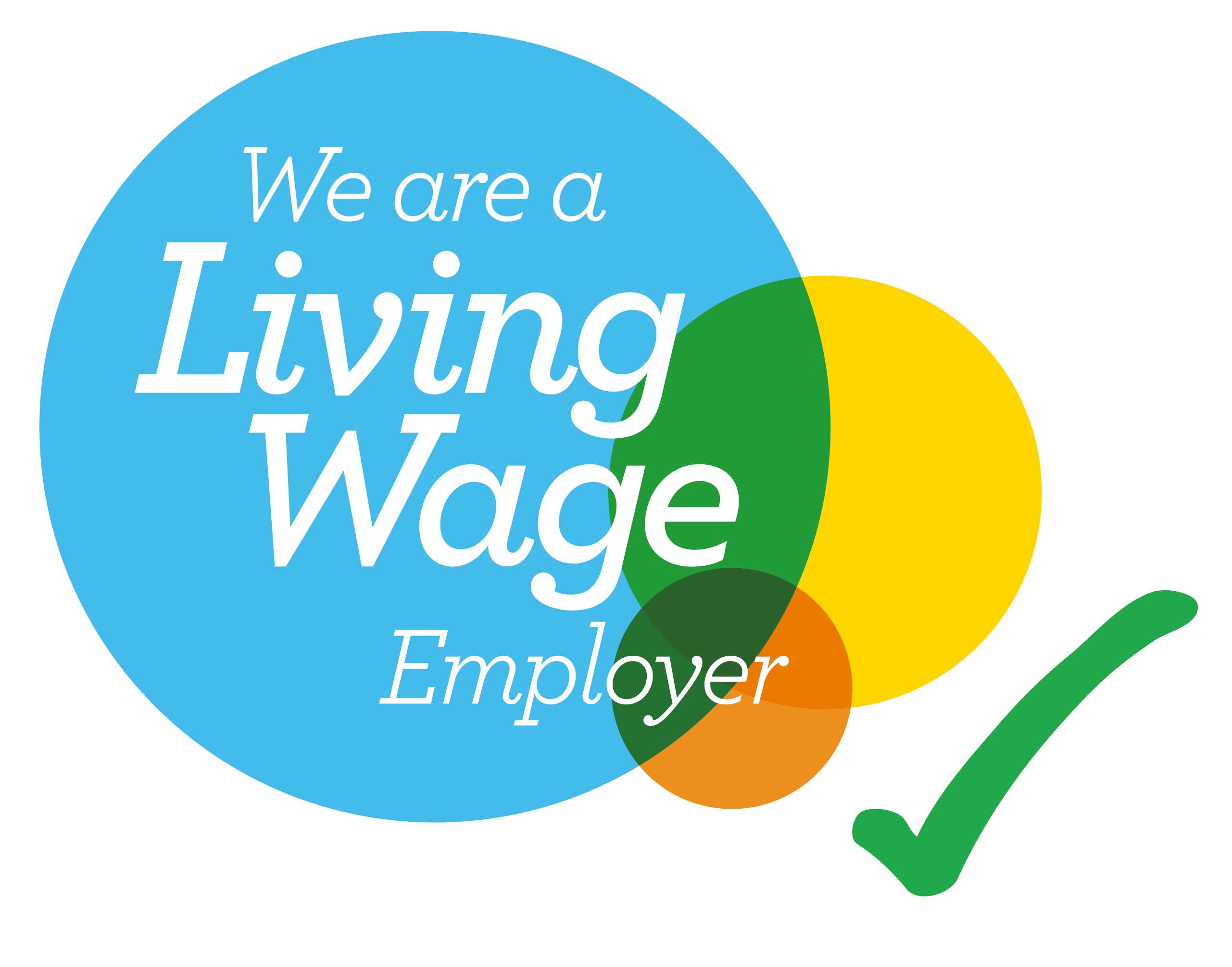Android and Apple have both been huge successes in the mobile phone market, but they have very different strengths. Two of our experts discuss the details and explain their personal preference.
Marvel or DC? Milk or tea bag first? Hawaiian pizza: delicious or disgusting? Debates like these can sharply divide opinions, but perhaps none is as tribal as Apple v Android phones. Because Silver Cloud is independent and can choose from the whole market, we don’t have to pick a side. And, in fact, there is no clear winner, as each operating system has different pros and cons.
We brought together two of our experts to explore the issue further: Paul Sanderson (in his own time, a loyal iPhone user) and Jonathan Betts (an Android devotee).
Paul Sanderson: The first Apple phone that I got was an iPhone 4. It was a hand-me-down: it was my parents’ old phone. I loved how it was a combination of a phone, MP3 player, camera, and it had the App store with all these apps that work as soon as you press the button, which is not always the case with Android.
The iPhone is much more practical. It does what it says on the tin.
Jonathan Betts: Fair enough. Originally I was a big Apple user, a long time ago. It just got to a point where the phones got really expensive for what they were doing. In my eyes, a phone is there to phone people. (Obviously also for photos and day-to-day stuff like emails as well.) But for me, I found that moving to an Android device was more practical and cost-effective. I also found it to be a lot more user-friendly than Apple. So I have been an Android user now for about three years, and I just can’t see myself going back. Also because of the huge variety of handsets you can get with Android. So you can spend £1,000 if you want to, but you can also get a mid-market phone, which also does exactly what you need it to do.
Paul: Outside of our personal preference, when we’re designing a solution for a customer, cost is obviously a key factor. Whether the solution involves mobiles or not.
Jonathan: Absolutely. You look at costs, how many users there are, what they’re going to use the phones for. Are you going to use them mainly for emails? Is it mainly going to be calls, is it going to be text messages only? Are they going to use any data? It just depends on each user in each case. It’s also always worth asking if they have any preferences about handsets.
Paul: Nine times out of ten, a director will want a nice expensive phone! Typically the Apple product is seen as the high-end option, and part of that is down to the brand, isn’t it.
Jonathan: The customer’s personal preference is certainly a factor when you’re designing a solution.
Paul: When you’re buying 5, 10, 15, 20 handsets you’re usually looking at a low-end market entry phone, typically you’re talking about a Samsung A32 now, which replaced the A20 and A10. If the customer is using it intensively for apps then they would need something with a bit more power behind it, which will require a bit more money. But typically the larger solutions use the cheaper handsets. That’s the biggest driver.






